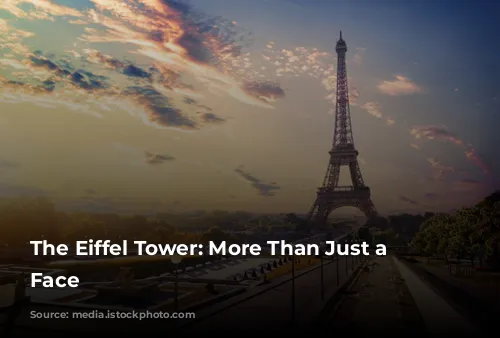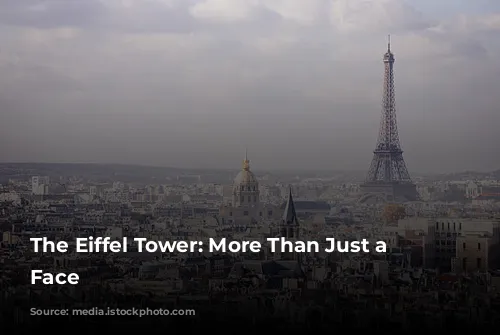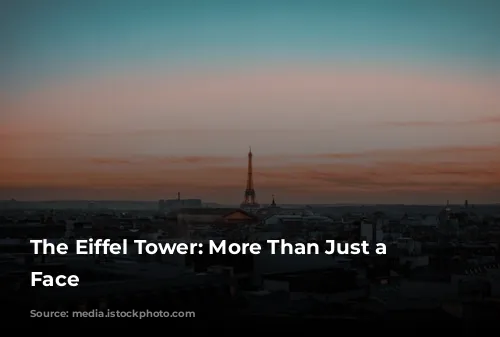The Eiffel Tower, a stunning architectural marvel, is more than just a must-see landmark in Paris. Standing tall against the Parisian skyline, this iron giant attracts millions of visitors each year, eager to witness its majesty. But beyond its iconic status, the Eiffel Tower holds fascinating secrets, waiting to be discovered.

A Home in the Clouds
Imagine living in the clouds! That was the reality for Gustave Eiffel, the tower’s designer, who treated himself to a luxurious apartment on the top level of his creation. This sky-high retreat boasted plush carpets, exquisite oil paintings, and even a grand piano. Only a select few, like the renowned scientist Thomas Edison, were fortunate enough to visit. This hidden gem, however, remained shrouded in mystery until 2015 when it was finally opened to the public.

A Hub of Science
Eiffel’s passion for science extended beyond architecture. He cleverly transformed the tower’s top level into a scientific sanctuary, setting up two laboratories dedicated to astronomy and meteorology. Eiffel personally conducted experiments, using the tower’s height to study the fascinating dynamics of objects falling through the air.

The Green Giant
The Eiffel Tower is not just a symbol of French ingenuity but also of environmental awareness. In 2015, the tower underwent a green makeover, with the installation of wind turbines on the second level. These energy-efficient devices power the tower’s shops and restaurants, reducing reliance on fossil fuels. Additionally, a sophisticated system was implemented to collect rainwater for use in the tower’s toilets, demonstrating a commitment to sustainable practices.

A Legacy of Innovation
The Eiffel Tower, a shining beacon of innovation, was unveiled at the 1889 World’s Fair. These global showcases have historically been a platform for presenting groundbreaking inventions, from the Ferris wheel to the television, shaping the future of technology. Today, these events, now known as expos, continue to inspire and unite the world, bringing together nations to share their latest advancements.

A Spy in the Sky
During the tumultuous years of World War I, the Eiffel Tower transformed into a strategic stronghold. Its powerful radio and telegraph system became a vital communication hub for the French military. The tower played a crucial role in intercepting enemy messages, revealing valuable information. One such message, intercepted in 1916, led to the capture of the infamous Mata Hari, a female spy.

Daring Feats
The Eiffel Tower has not only witnessed history but also served as a stage for extraordinary feats of daring. In 1889, a man dared to ascend 704 steps on stilts, defying gravity. Years later, in 1952, three trapeze artists swung from ropes, suspended 400 feet above the ground, without the safety net. And in 2010, a rollerblader, in a display of audacious skill, sped down a 90-foot ramp, defying the laws of physics.

A Changing Face
Throughout its history, the Eiffel Tower has undergone several transformations. The tower’s original red hue was replaced with yellow in 1899. Decades later, the tower was coated in a bronze finish. Today, the iconic structure is repainted every few years, requiring a staggering 16,000 gallons of paint.
An Enduring Icon
From its scientific marvels to its historical significance, the Eiffel Tower has captured the world’s imagination. This iconic structure, a symbol of Parisian charm and innovative spirit, continues to enchant visitors with its architectural grandeur and hidden secrets. As the Iron Lady stands tall against the horizon, she continues to be a beacon of inspiration and a reminder of the enduring power of human creativity.




